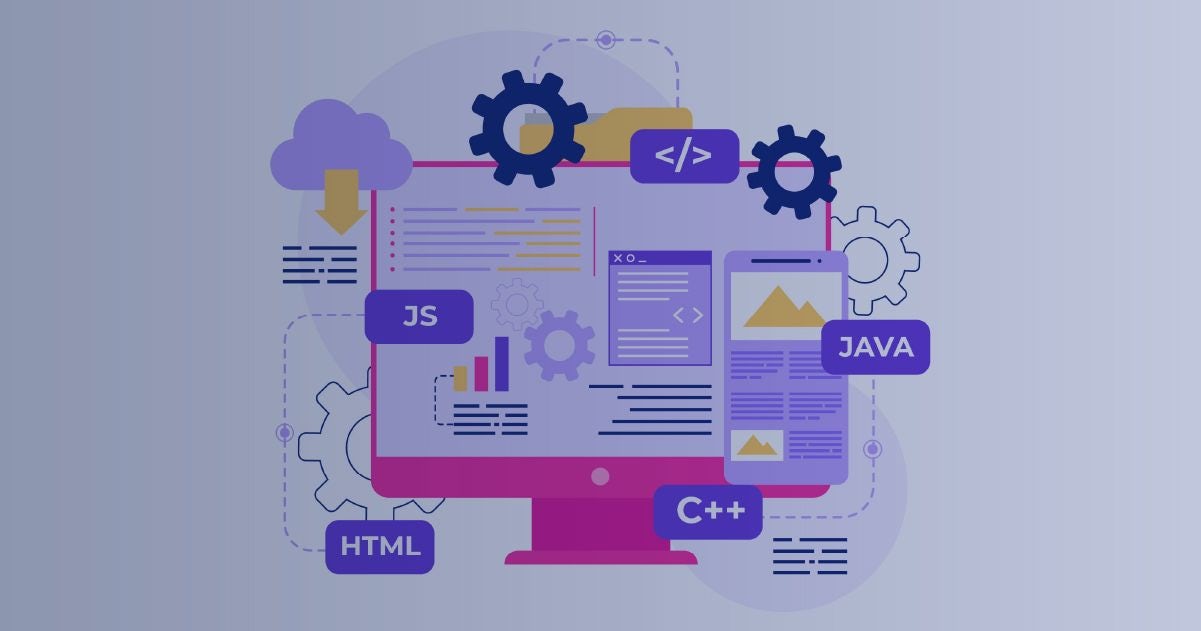If you’ve ever wondered what the API-first approach to building software products truly is, the answer is that it simply means the kind of development where APIs are treated as business assets of major, if not critical, importance. What’s also vital is that it provides positive developer experiences.
The number of benefits the API-first development entails is truly impressive, with limiting the risk of delivering not exactly what clients need topping the list. Other advantages of the API-first strategy include reducing total costs and time to market as multiple APIs can be built simultaneously.
However, the API-first philosophy has its limitations and is not proper for all occasions or circumstances. In what cases implementing the API-first architecture may not be that smooth? How to make the most of it? What other important things you should know about API-first development before deciding on choosing it for your next project? Read on to find out.
Table of contents:
1. API-first approach in a nutshell
2. API-first attitude – 5 things you need to know about it
3. API-first development – key takeaways
API-first approach in a nutshell
In brief, the API-first approach means that APIs are treated as a focal point within every development project; this attitude is reflected in calling them „first-class citizens”. API consumption, as well as consumer needs – that's also important when building APIs.
The API-first approach is known for providing a great developer experience that is based on the possibility to reuse code, as it is with well-designed, consistent APIs offering pristine documentation. But, actually, it can be very beneficial for virtually all parties involved – not only developers but also clients and end-users of client applications meant for mobile devices or other products that are created within the process of application development.
Within this philosophy, before an API gets implemented – or even before the coding phase begins – design and development are taken care of. Specific business requirements have to be addressed at this point. What’s in the center of the universe here, is, obviously, an API (application programming interface).
API-first strategy – 5 things development teams need to know about
As in every discipline, field, philosophy, or solution, the API-first approach involves some nuances or tips it’s good to be aware of before applying this comprehensive strategy in real life.
1. Leave nothing to chance
Building out the service or mobile apps with the API-first approach in mind is a complex process that should leave nothing to chance. The whole operation must be well-prepared and start with writing down an API contract – to make sure that qualities such as reusability, consistency, and interoperability are being taken care of.
An API should, quite literally, go first – contrary to the code-first approach – before the development team starts doing its job of building a product. The API-first approach is a comprehensive, all-encompassing strategy that should underpin software developers’ actions from the very beginning, and not something to think about in the end, to be just along for the ride.
2. Feedback is king
One of the steps to take before getting down to work within API-first development is gathering all necessary information. And the crucial part of this scrutiny is getting feedback from the business environment. Before a software product is being built, or a new functionality rolled out, feedback from API stakeholders as well as consumers or users (with the help of a feedback loop) should be collected early enough in the process.
3. Microservices are in the mix
Making use of API-first development enables building applications based on microservices (or individual, autonomous services) that run smoothly on all kinds of platforms, devices, or operating systems. Highly-scalable enterprise applications (including Amazon, Netflix, Etsy, and Uber) are those that make use of the microservices architecture more and more often.
4. Don’t confuse API-first with other Firsts
API-first, mobile-first, code-first, design-first, test-first, security-first… One may definitely get frustrated, or at least confused, with the number of Firsts – standing for some new methodologies. What’s especially worth mentioning here, is that using the terms API-first and API design-first interchangeably isn’t right as they simply don’t mean the same. API-first is not synonymous with API design-first.
5. Choosing the API-first approach isn’t always easy
Despite API-first’s numerous advantages, there are some instances when implementing it may be rather difficult. There is a major challenge that should be taken into account when choosing the development approach – which is the optimization of the sets of data used. The real-life application of the API-first philosophy may simply mean the necessity of building new APIs on and on – in case another application needs to be developed. Also, the upfront planning the API-first approach entails may require a lot of time and money, as well as some dedicated IT leaders to pursue the transition to this type of development right.
API-first development – key takeaways
There are many terms – sometimes a little confusing or even unclear – you might have heard regarding the API-first approach. These include API program, API contract, API governance, API economy, API resources, API-first design, and API-first platforms. API status codes, API endpoints, as well as ways to mock APIs are some other topics that are being mentioned quite often.
What you should remember from this article, however, is that the API-first philosophy may be just what modern organizations need to succeed in business and offer competitive services, e.g. cloud-based ones. That’s because the API-first philosophy makes managing the complexity of working in the cloud easier.
Software teams and particular developers benefit from using the API-first development also because, within this attitude, the learning curve gets reduced, and the code can be smoothly reused, to name but a few out of many benefits of going API-first.
Digital transformation calls for effective strategies of software development as well as tools and solutions that help maximize profits from the resources that you have at your disposal. And that surely is the case of the API-first attitude – the trend that has been on the rise recently.
And you, do you find the API-first philosophy something worth following? What benefits of its use can you spot for development teams? Is there any other approach to the development you would recommend?

